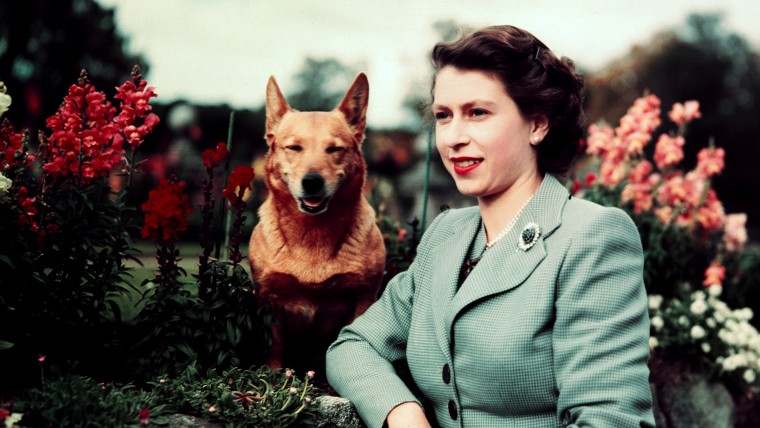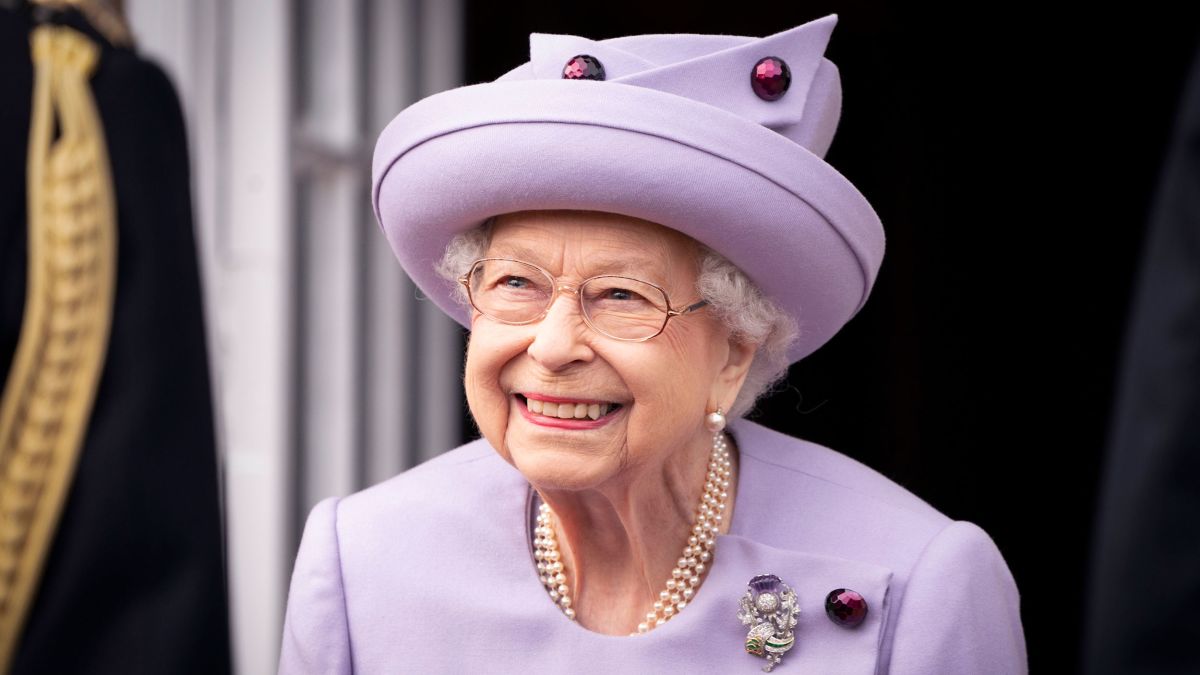Queen Elizabeth II deceased on the 8th of September 2022.
She has been an iconic figure in the World Queen Elizabeth II is an iconic figure in the world and for good reason. She has led an exemplary life, both as a monarch and as a human being. Her reign has been marked by tremendous progress and prosperity for her country. She is the longest-reigning queen in the history of England and Great Britain, and she is the only person to have reigned over 2 nations. She has served her nation with distinction and pride for more than 6 decades, and she continues to play an important role in British society today.

Queen Elizabeth II as Elizabeth Alexandra Mary was born at Buckingham palace on April 21, 1926. She was Queen of the United Kingdom and other Commonwealth realms from 6 February 1952 until her death in 2022. She was queen regnant of 32 different sovereign states in the course of her reign and served as monarch of 15 of them at the time of her death. Her reign of 70 years and 214 days is the longest of any British monarch and the longest recorded of any female head of state.
Elizabeth was born in London. She is the first child of the Duke and Duchess of York. Her father acceded to the throne in 1936 upon the abdication of his brother, King Edward VIII, making Elizabeth the heir presumptive. She took homeschooling and began to undertake public duties during the Second World War, serving in the Auxiliary Territorial Service. In the year 1947, she got married to Philip Mountbatten, a former prince of Greece and Denmark, and their marriage lasted 73 years until his death in April 2021. They had four children: Charles III; Anne, Princess Royal; Prince Andrew, Duke of York; and Prince Edward, Earl of Wessex. After his fathers death, Elizabeth became queen of seven independent Commonwealth countries
The United Kingdom, Canada, Australia, New Zealand, South Africa, Pakistan, and Ceylon as Sri Lanka, as well as Head of the Commonwealth. Love of Elizabeth Elizabeth met her husband, Prince Philip of Greece and Denmark, in 1934.

After meeting for the third time at the Royal Naval College in Dartmouth in July 1939, Elizabeth though only 13 years old. When she confessed her love to Philip, they began to exchange letters. When she was 21 they announced their engagement on 9 July 1947. And the engagement was not without controversy, Where Philip is not financially stable, he was a foreign-born though a British subject who had served in the Royal Navy throughout the Second World War, and had sisters who had married German noblemen. Some of the King’s advisors thought that he is not a good match for her. They think that He was a prince without a home or kingdom.
Some of the papers kept saying about his region and about his birth. Later biographies reported that Elizabeth’s mother had reservations about the union initially, and teased Philip as The Hun. In later life, however, they did not think him good enough for her e Queen Mother told biographer Tim Heald that Philip was “an English gentleman”.

Philip renounced his Greek and Danish titles, officially converted from Greek Orthodoxy to Anglicanism, and adopted the style of Lieutenant Philip Mountbatten, he took the surname of his mother’s British family. Shortly before the wedding, he was created Duke of Edinburgh and granted the style of His Royal Highness. Elizabeth and Philip were married on 20 November 1947 at Westminster Abbey. They received 2,500 wedding gifts from around the world.
Elizabeth required ration coupons to buy the material for her gown because Britain had not yet completely recovered from the devastation of the war. In post-war Britain, it was not acceptable for Philip’s German relations, including his three surviving sisters, to be invited to the wedding.
From 21 April 1944 until her accession, Elizabeth’s arms consisted of a lozenge bearing the royal coat of arms of the United Kingdom differenced with a label of three points argent, the centre point bearing a Tudor rose and the first and third a cross of St George.

Upon her accession, she inherited the various arms her father held as sovereign. Elizabeth also possessed royal standards and personal flags for use in the United Kingdom, Canada, Australia, New Zealand, Jamaica, and elsewhere.













